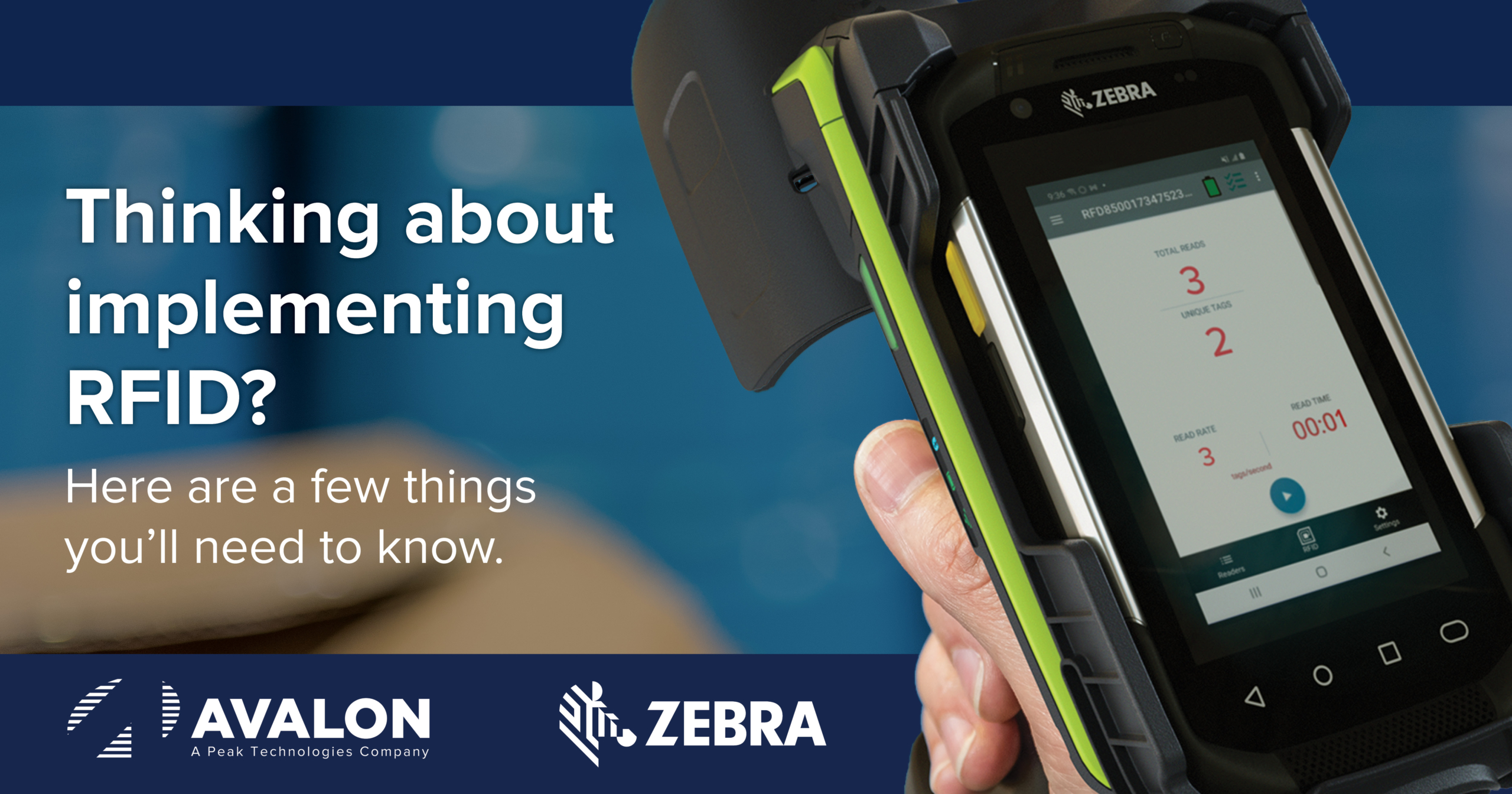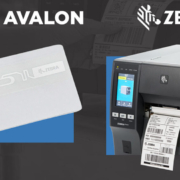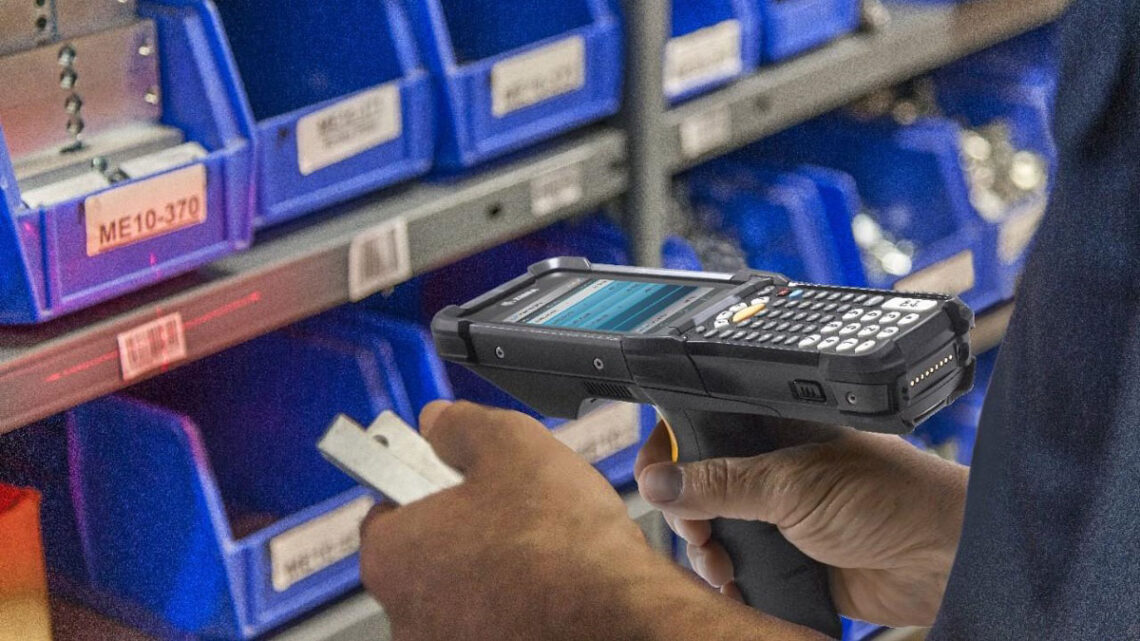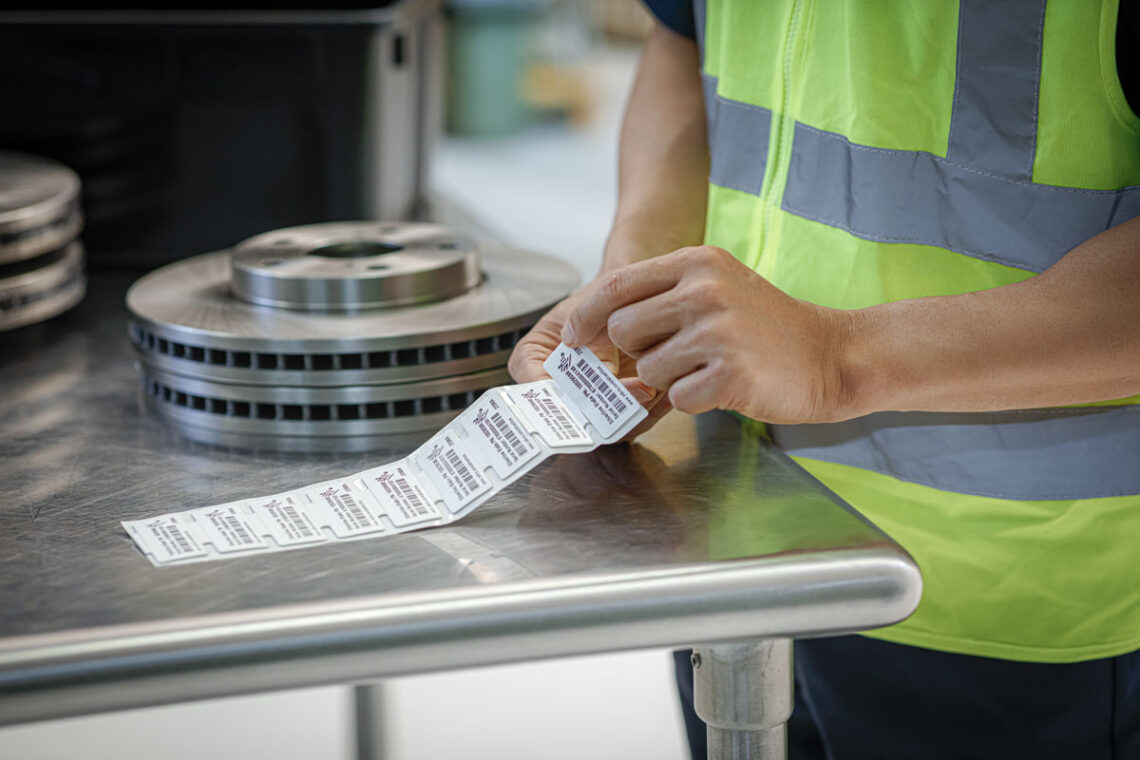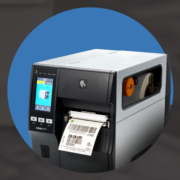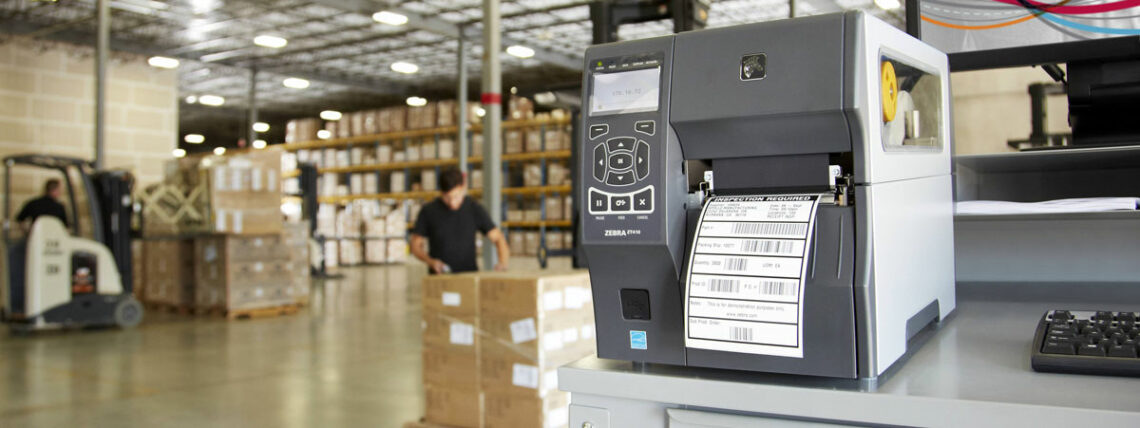When operating in high-volume workflows, a functional printer becomes the foundation for unbroken productivity. With 82% of warehouses reporting an increase in stock-keeping units, distribution centers expect greater challenges in maintaining speed and accuracy during the order fulfillment process. While adapting to persistent shortages and consumer demands, fulfillment teams have no time for breakdowns. Consequently, it is recommended that business assess their enterprise technology to prevent premature failure and downtime.
Zebra’s most recent Warehouse Vision Study suggests that by 2027, over 90% of warehouses will have implemented enterprise printing in their main workflows. As businesses procure hardware, consider the following questions to guide your search.
- Is the printhead developed for high-volume printing?
Consumer-grade and desktop printers are not suitable for long workhours and high printing volume. While cheaper upfront, businesses risk spending more on downtime and frequent IT visits since printheads cannot keep up with the workload. An enterprise printhead fit for high-volume warehousing should be able to handle the heat associated with thermal printing while also maintaining barcode legibility at faster speeds.
Moreover, in addition to searching for a suitable printhead, consider also printhead longevity since this will determine the possibility of future downtime. For example, Zebra’s enterprise printers proactively prevent downtime by offering free printheads for previously purchased devices. This empowers warehouses to plan replacements
- What barcode resolution will I need?
Furthermore, depending on the size of your barcodes, you may need a crisper barcode. For example, a small test-tube label needs a sharper barcode compared to a shelf-rack label which can be seen at a distance. Printheads must match the type of inventory or asset you plan to label to preserve future barcode legibility.
- Will I need an RFID encoder?
RFID is expected to overtake 8 in 10 warehouses by 2025. As businesses scramble to meet incoming RFID labeling requirements from major retailers, that figure is only expected to rise. Furthermore, RFID is a foundational technology to support numerous visibility solutions such as asset tracking, indoor locationing services, and predictive analytics.
Fortunately, printers like the ZT411 and ZT600 series offer optional RFID encoding alongside standard barcode printing, streamlining costs while securing scalability. Moreover, by spacing inlays closer, Zebra’s ZT600 uses fewer materials, reducing label costs.
- Are current printing stations creating bottlenecks?
Procuring new hardware creates a great opportunity to re-assess workflows and pinpoint bottlenecks. Printing stations have notoriously been behind bottlenecks and long travel times in the warehouse since workers need to walk and wait in line to print.
If multiple workflows require fast label printing, enterprise mobile printers may be a better solution than simply procuring another large industrial device. The ZQ630 delivers enterprise-grade durability and fast printing speeds to meet labeling requirements for on-the-go workers. On the other hand, if printing stations are still preferred, consider integrating a mobile printing station with power carts to reduce travel times.
- Can you protect printed data digitally?
In the current digital landscape, no industry can compromise on cybersecurity. Peripheral devices are prime targets for cyberattacks since they are less likely to be protected. Therefore, when searching for a new device, be sure it integrates with your current cybersecurity policies.
Applications like PrintSecure prevent unauthorized users from accessing your device while also protecting stored data from accidental WiFi and Bluetooth connections.
With these responses in mind, businesses can have a better grasp of the kind of device their operations need. For step-by-step assistance in assessing your printing needs, schedule a quick conversation with our automation teams.


